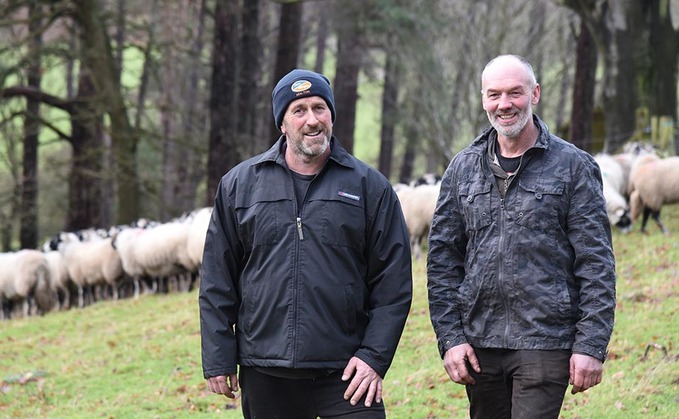
A North Yorkshire hill farm has benefited from participation in a sire evaluation scheme to improve growth rates and conformation in the Swaledale breed. Wendy Short finds out more. Sheep farmer Mark...

A North Yorkshire hill farm has benefited from participation in a sire evaluation scheme to improve growth rates and conformation in the Swaledale breed. Wendy Short finds out more. Sheep farmer Mark...